A powerful energy-efficient processor makes this barebone optimal for a more demanding office or for multimedia. Its format is minimalistic, which in other words always means a challenge that is often accompanied by various compromises. Nearly hundreds of measurements can tell you more about how the Taiwanese manufacturer managed to create simple but effective design. We also included tests without a fan. Read more “Shuttle NC03U5: Core i5 in a case smaller than one liter”
Author: Ľubomír Samák
Test of “chewing gums”: 3× Arctic and Thermal Grizzly Minus Pads
Thermal conductive pads are useful wherever a thermal paste cannot be reasonably applied. A good example are power supply circuit of graphics cards and processors, so the choice of test subjects was unambiguous. It was less clear, however, what thickness of pads is most effective, if it is better to pay for more expensive ones, and what improvement to expect. Read more “Test of “chewing gums”: 3× Arctic and Thermal Grizzly Minus Pads”
Which X370 for 175 EUR: Asus ROG Strix or Gigabyte Gaming 5?
Two boards for the same price but with different approach. After reviewing the key elements of their layouts and examining fan control options, you can look forward to a large portion of temperature and consumption comparisons. Let’s find out which one of these AMD Ryzen boards fulfills your expectations better. Read more “Which X370 for 175 EUR: Asus ROG Strix or Gigabyte Gaming 5?”
Thank you for your support! (+ looking ahead)
Time flies by really fast. Two weeks have passed since we launched our web and so far it has been viewed 30 000 times, which is absolutely amazing for a new magazine! Your support and feedback is our motivation to work hard. We know that the content does not expand as quickly as you would like it to, but be sure that we are doing everything we can to make it up to you as soon as possible. Read more “Thank you for your support! (+ looking ahead)”
Arctic Freezer 33 tasting different heat intensities
From the previous tests, you already know that Freezer 33 loses its breath quite quickly in tower cases. But it does not have to be always like that – the distinctive performance difference between the vertical and the horizontal position appears only with certain cooling efficiency requirements. At 90 W, the cooler performs differently than at 180 W. Interesting is also the comparison on the “big” Haswell-E and on the “small” Kaby Lake. Read more “Arctic Freezer 33 tasting different heat intensities”
HWCooling.net: “Performance can have many forms…“
Once upon a time…nevermind. We have decided to be your guide in the world of computer cooling in a form of detailed comparative tests, procedures that emphasize precision, and unique outputs from different areas. Everything about the intentions and philosophy of the new magazine’s work is described in this initial editorial the way we like it – briefly. Read more “HWCooling.net: “Performance can have many forms…“”
Arctic Freezer 33 face-to-face with SilentiumPC Fera 3 v2 (bonus)
Cooling the processor is one thing, but cooling its power supply circuit is another. How will the coolers handle this task? We specially focused on testing the heatsinks with Noctua reference fans. Notably, the weird Freezer had some real difficulties. We know where the problem is. We made some tests without fans too, and on this occasion we decided to include top-notch passive cooler Zalman FX70. Read more “Arctic Freezer 33 face-to-face with SilentiumPC Fera 3 v2 (bonus)”
Arctic Freezer 33 face-to-face with SilentiumPC Fera 3 v2
With the i/A32 cooler series, Arctic made a really good impression and created a decent opponent for the excellent Fera 3. In the meantime, Swiss have strengthened their ranks and advanced to battle with Freezer 33. However, the expected drama with fight for every detail did not happen. Because of a design mistake of one of the players, the winner is quite dominant under standard circumstances. Read more “Arctic Freezer 33 face-to-face with SilentiumPC Fera 3 v2”
Coollaboratory Liquid Ultra vs. Thermal Grizzly Conductonaut
Coollaboratory is well known among the hardware enthusiasts, mainly thanks to its liquid metals. The model with higher thermal conductivity, Liquid Ultra, is commonly preferred with high power consumption chips since their default compounds are usually of lower quality. To find out whether CLU still pays off, we put it to the ring with an opponent from the Thermal Grizzly workshop, and with Core i5-7600K as the referee. Read more “Coollaboratory Liquid Ultra vs. Thermal Grizzly Conductonaut”
System cooling in the spotlight. What to increase/decrease?
Do you know how many fans do you need and what speed they should run at to achieve the optimal cooling of your PC case? Is it better to induce positive pressure, negative pressure, or balanced airflow? Are four fans with less RPM more effective than two with more RPM? We can answer all these questions by providing you results of more than 70 tests which also include the monitoring of the heating of power supply circuit of CPU and GPU. Read more “System cooling in the spotlight. What to increase/decrease?”
Operation Kaby Lake: 24 ways to cool the chip
Is it enough to replace the default paste, or should you consider an uncompromising solution like a liquid metal? Does it pay off to try your luck and experiment with on-die cooling? You will find the results of tests of all relevant combinations in this article. We also monitored how can the behaviour of a liquid cooler and a traditional air cooler affect the performance. Read more “Operation Kaby Lake: 24 ways to cool the chip”
Test of 27 thermal compounds, part 2
The second round will be especially interesting for people who want to find the best solution for a standard use. The winner is a big surprise. Gelid, Noctua, Phobya, Reeven, SilentiumPC, Thermal Grizzly or Zalman? We can give away that it is not an expected favourite this time. We enjoyed a nice competition in the middle category, where it takes a lot to keep making a difference. We also tested OEM paste from Scythe as a bonus. Read more “Test of 27 thermal compounds, part 2”
Passive case Akasa Euler MX: 70 W of heat? Go ahead…
Along with low power consumption chips, silent computers are also expanding. The British company Akasa has been specializing in the development of cases optimal for this purpose for the last few years. We have put their most progressive model through editorial hell. After exploring every corner and measuring temperatures in all possible positions, we can say what it can and cannot do. To give you a better idea, we are providing thermal vision too. Read more “Passive case Akasa Euler MX: 70 W of heat? Go ahead…”
Test of 27 thermal compounds, part 1
Thermal pastes can significantly affect the cooling performance, so we have compared several models that represent the current offer. Is the legendary Arctic MX-2 still a good choice? Or is it more reasonable to try newer Cooler Master and Cryorig? There is also a copper Coollaboratory to consider. Well, we have prepared some recommendations, but few warnings too because there are several products that you should rather avoid. Read more “Test of 27 thermal compounds, part 1”
Spreading a thermal paste: how and how much?
A drop in the middle, a cross, spread it with finger, or use an old credit card to smooth it perfectly? Even simple things like applying a thermal paste under your cooler can be a bit tricky sometimes. Commonly used methods are seemingly different, and if you also consider batching, there comes a question of how to it to achieve the best results. Read more “Spreading a thermal paste: how and how much?”





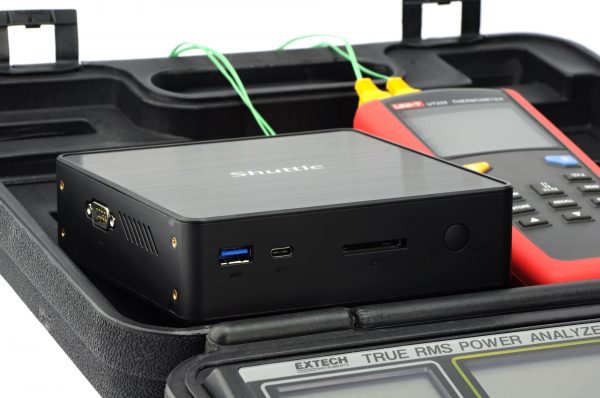
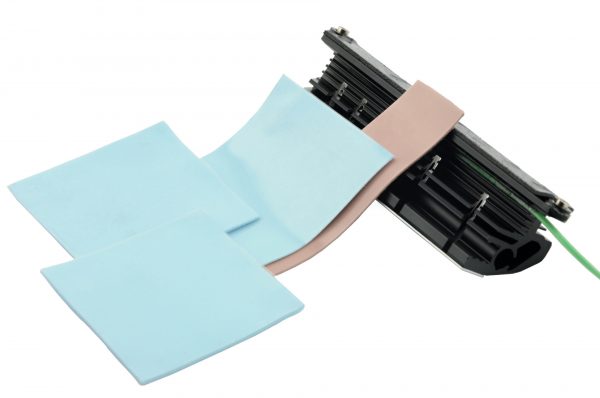
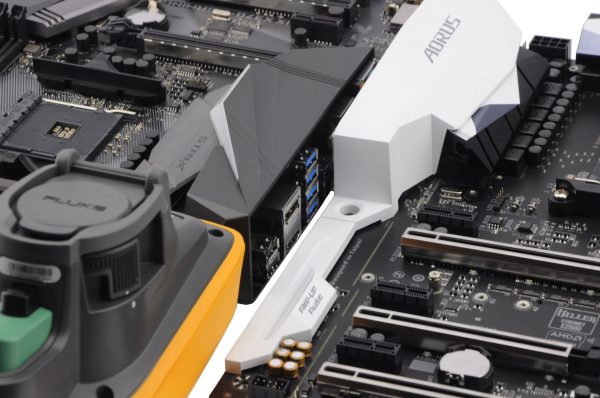

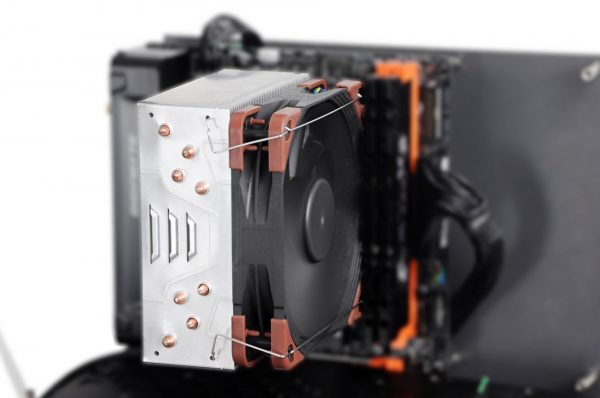

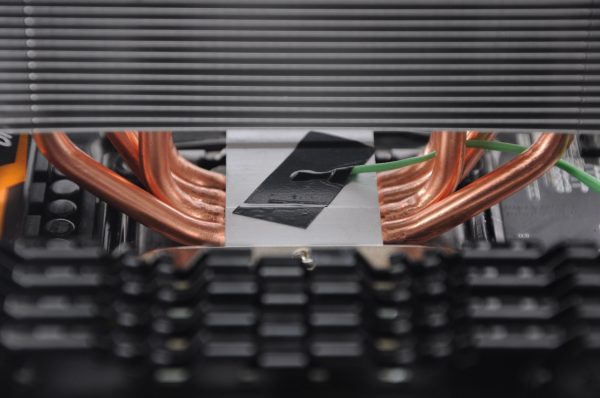
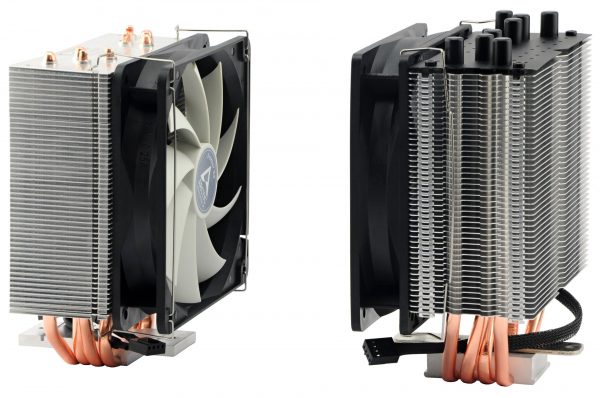
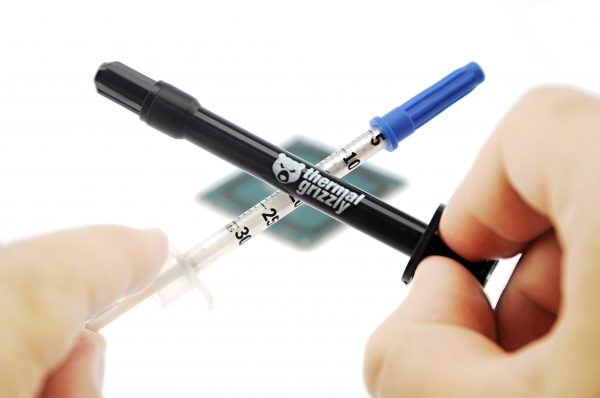
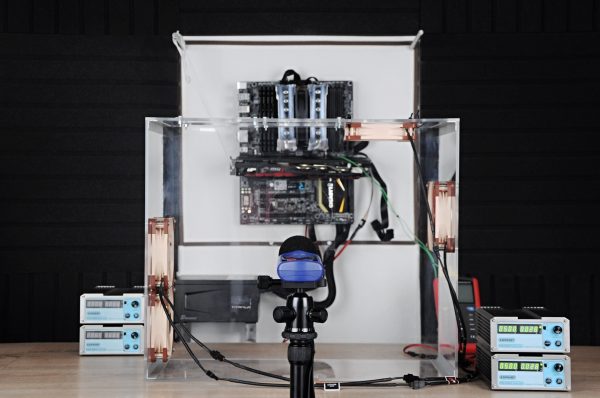
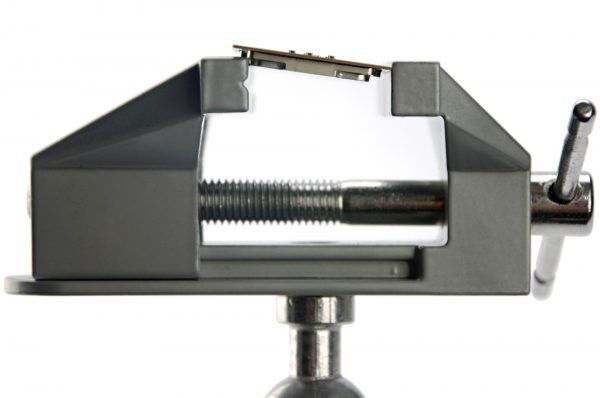
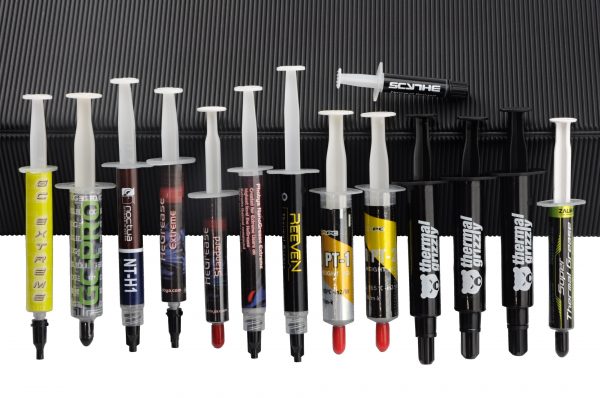
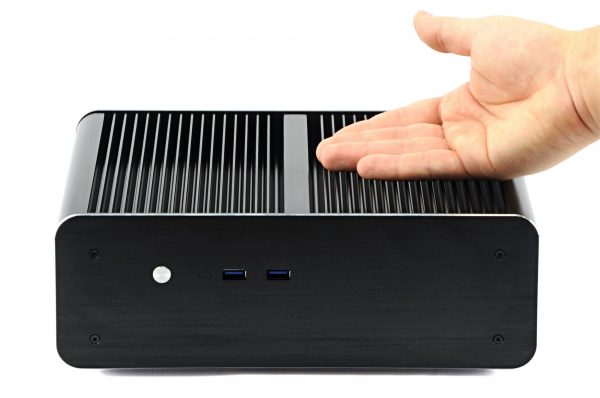
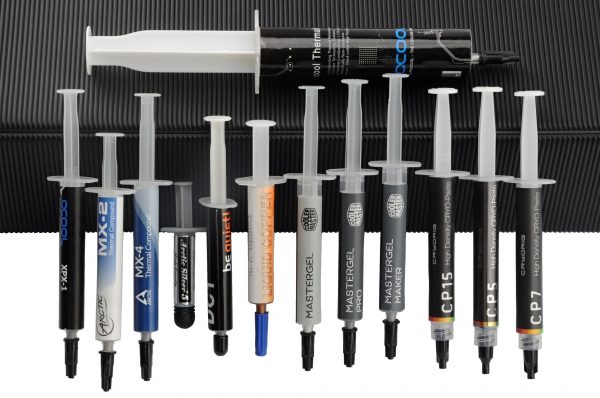
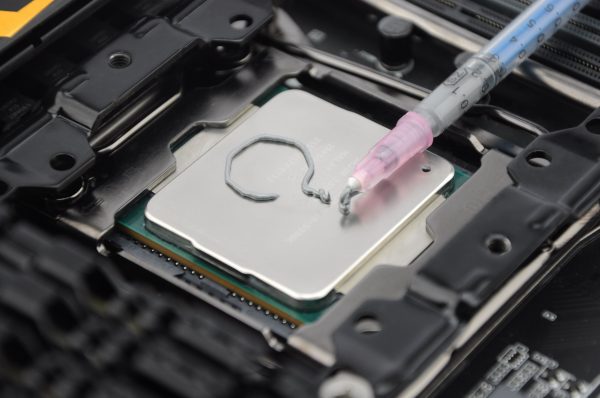



Latest comments